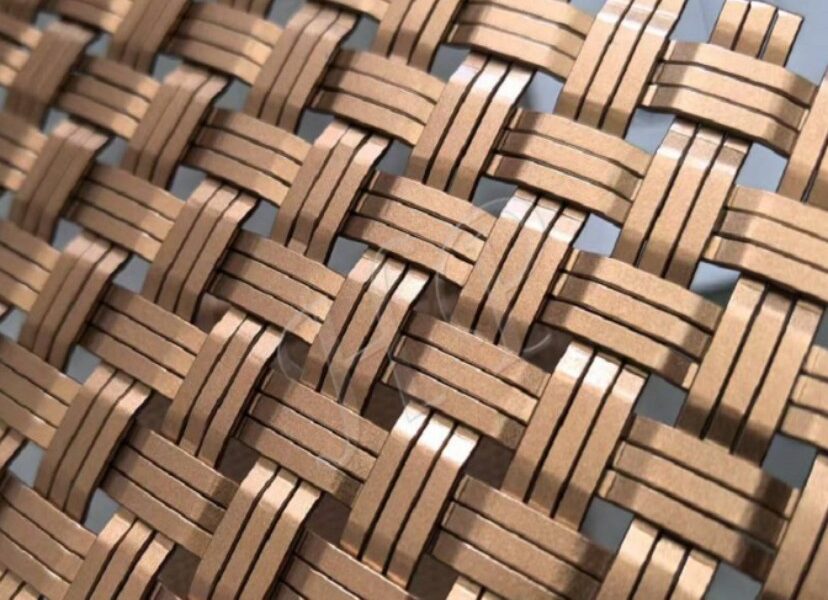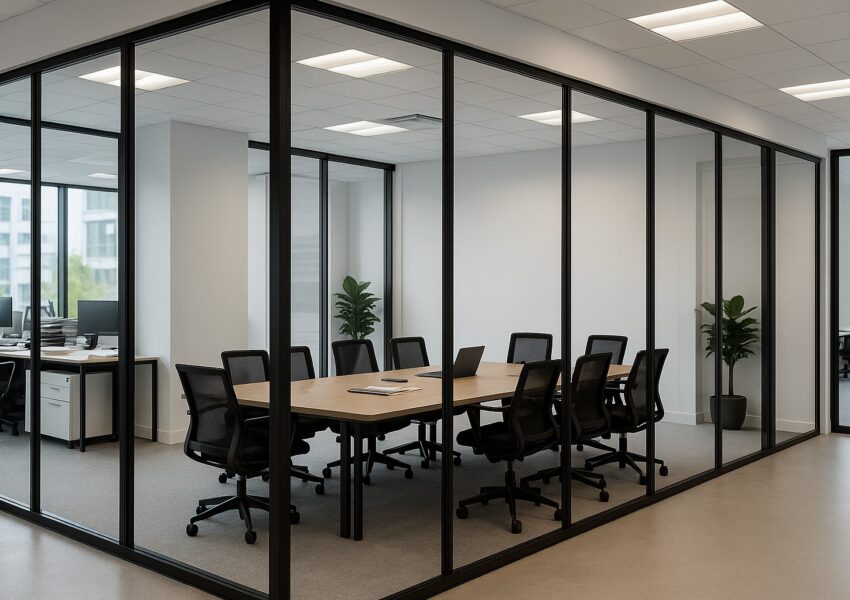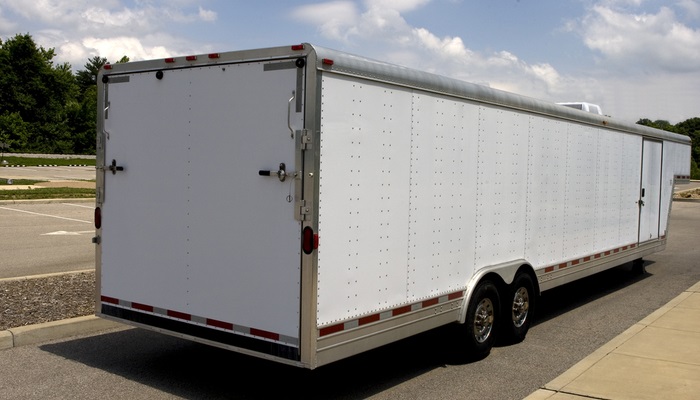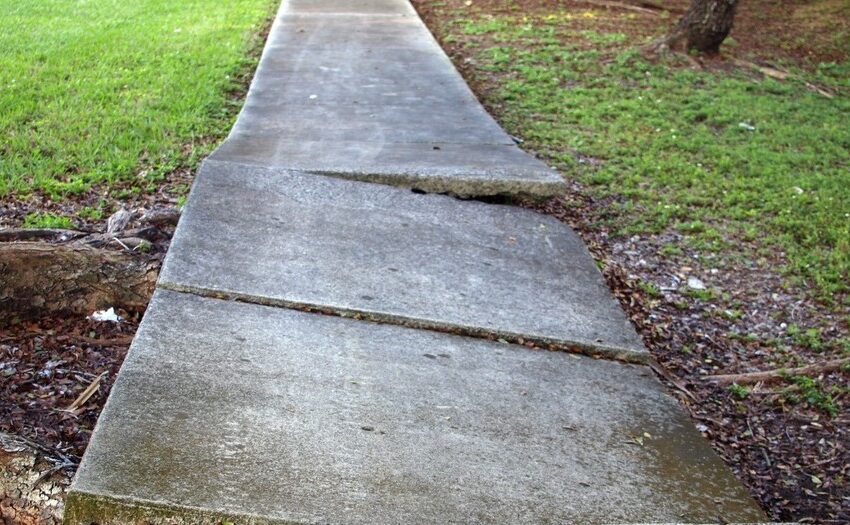For firearms training, cheap and safe alternatives to live-fire ranges are gunfire simulators. Modern technology in these simulators offers a realistic training ground for accuracy, reaction speed, and decision-making. In these systems, lasers replicate weapon firing and provide quantitative data and fast feedback to track progress. This approach avoids live ammunition issues and saves ammo and range costs, therefore creating a controlled environment for learning and skill development. More than just cost and safety, gunfire simulators let you master basic pistol handling skills for many scenarios.
Technology Based on Laser Radians accuracy
The gun fire simulator is made successful by laser technologies. Live ammunition are replaced with laser bullets. The laser beam strikes a target or screen upon press of the trigger. Throughout trigger pull, this system logs aiming position, shot placement, and weapon movements. This degree of information allows users to find and correct approach flaws. Unlike conventional shooting ranges where wind and recoil might compromise accuracy, the simulator isolates the shooter’s capabilities. This enables you hone posture, grip, sight alignment, and trigger control. The continual feedback loop of laser-based technology drives precise, repeating firing and accelerates learning.
Reaction Time Exercises Improve Reflexes
Reaction quickness is very important in any kind of weapon situation. Gunfire simulation exercises repeated help to increase reaction time. These drills might replicate simple target acquisition to complex multi-threat situations. Simulator instant feedback allows users to track their performance and identify areas for speed and efficiency improvement. Doing these sessions repeatedly might help the brain react faster and better to threats. This approach increases high-stress confidence, reaction quickness, and confidence generally. By modeling multiple scenarios, users may practice drawing from concealment, moving targets, and target transitions. This whole reaction time training helps individuals to respond fast and forcefully in any given situation.
High-Stress Cognitive Development
Particularly the ability to make wise decisions under pressure, gun handling requires cognitive abilities. Realistic, demanding environments provided by gunfire simulators challenge consumers’ cognitive capacity. These events call for tough choices including target selection, threat recognition, and collateral damage estimate. Users of the simulator might potentially be startled and challenged to think fast. Through constant participation in high-stress simulations, people may develop the mental toughness and cognitive skills required to thrive in real life. Such instruction might improve situational awareness, decision-making speed, and under pressure attention capacity. Without real-world consequences, the simulator allows users make mistakes and learn from them.
Creating Muscle Memory for Sloppiness
Mastery of firearms depends on muscle memory to automatically execute difficult maneuvers. Muscle memory is enhanced by repeated practice with gun simulators. Simulating the same actions and activities helps muscles to respond automatically and powerfully. This smooths movements to increase accuracy and speed while lowering wasted motion. On the simulator, one may practice reloading, pulling from a holster, and changing firing positions. The constant feedback of the simulator helps to remove bad habits and supports suitable technique. Regular training builds muscle memory and improves weapon handling skills, therefore allowing quick and accurate reaction in all kinds of situation. By use of laser-based accuracy, reaction time workouts, cognitive training, and muscle memory formation, gunfire simulators enhance marksmanship and equip individuals for real-world gun encounters.







